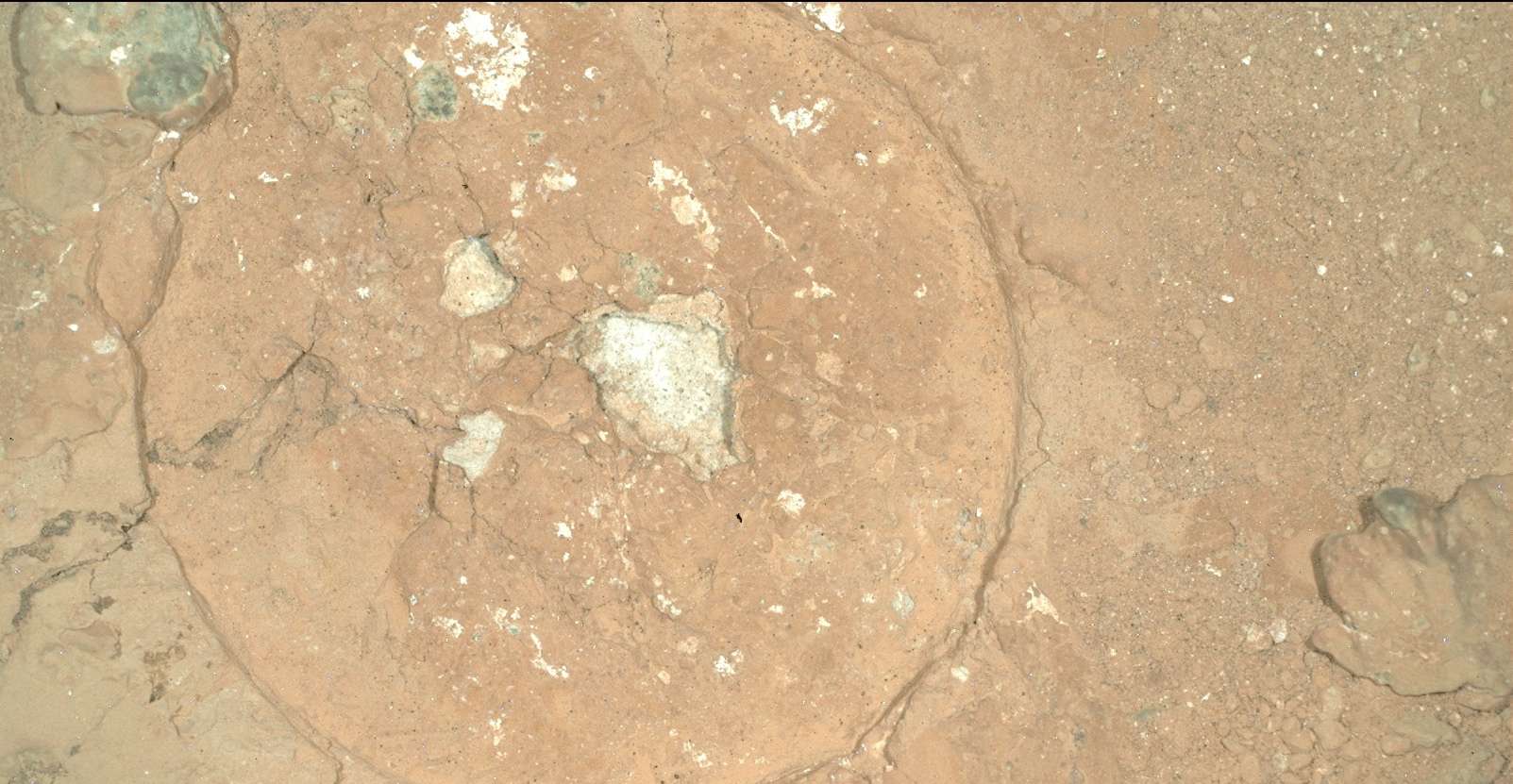
(Lima) – Researchers announced on Friday the discovery of fossilized remains of three mastodon species, more than 11,000 years old, in the central Andes region of Junin in Peru.
“The remains of three well-preserved mastodons dating back to the Pleistocene era were discovered,” paleontologist Ivan Meza from the Institute of Geology, Mining and Mineralogy (INGEMMET) told AFP.
This discovery took place a few weeks ago in a wilderness area in the Chaparara region of Junin, about 290 kilometers east of the capital, Lima. Excavations began in 2019.
“This is a unique discovery in Peru,” the academic explained. “It could be a megafauna site containing the remains of other animals from the Pleistocene era, a period that began 2.6 million years ago and ended 11,700 years ago.”
Mastodons, cousins of mammoths and elephants, can reach three meters in height.
Among the remains were found tusks, femurs, tibia, fibula, ribs, ulna, and teeth.
Mastodons came from North America when the Isthmus of Panama closed about three to four million years ago, and the great exchange of animals occurred between the Americas, populating South America.




